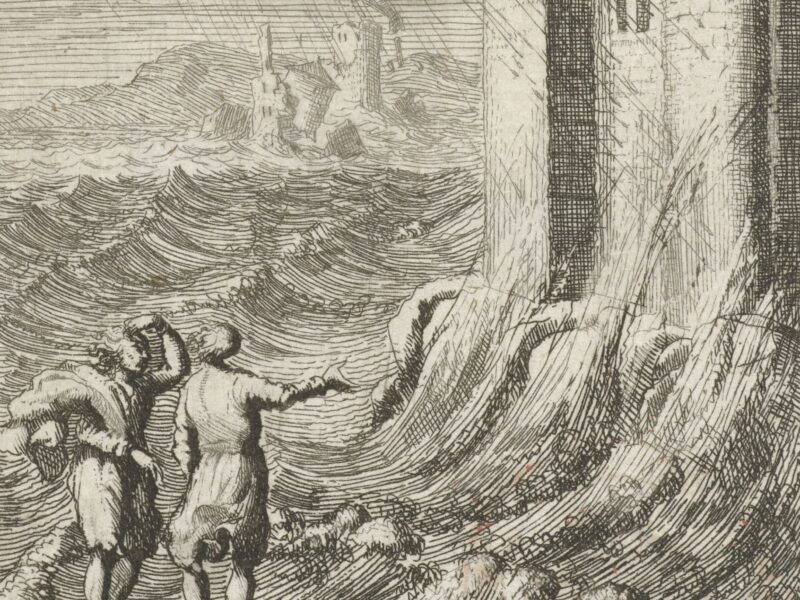
Litany of Loreto – Mirror of Justice
5.25k

After a series of titles addressing Mary as Mother and Virgin comes a series of thirteen, Mirror of justice, Seat of wisdom, Cause of our joy, Spiritual vessel, Vessel of honour, Singular vessel of devotion, Mystical rose, Tower of David, Tower of ivory, House of gold, Ark of the covenant, Gate of heaven, and Morning star. Some of these are clearly found in the Old Testament whereas the origin of others is obscure, but it has been argued that they all belong in Jewish Wisdom literature and in the mystical and theological ideas associated with the Temple in Jerusalem. Mary is being acknowledged as the place of the presence of God, more specifically as ‘Wisdom’, the consort or companion of God in the creation and government of the world. The English biblical scholar and proponent of ‘Temple theology’, Margaret Barker, says that these titles all originate in the Wisdom tradition, both the texts accepted by the Church as canonical scripture and in other Jewish writings that were preserved only by the Church, indicating their importance to Christians. She argues that they come from a rich tradition of spiritual and theological thinking centred on ‘the Lady’ of Solomon’s Temple, and that this much older tradition was later used by Christians – when exactly we don’t know – and applied by them to the Mother of the Lord in what has become the Litany of Loreto. (See Margaret Barker, ‘The Images of Mary in the Litany of Loreto’, published in Usus Antiquior 1 (2010) pages 110-31, and available here.)
On the title ‘Mirror of Justice’, Barker writes as follows:
“In the Litany of Loreto, only one title, Mirror of Justice, speculum iustitiae, clearly resembles a title in the Wisdom Literature. In the Wisdom of Solomon 7.26 she is described as the spotless mirror of the power or Glory of God, speculum . . . Dei maiestatis. The Greek text here has the spotless mirror of the ἐνέργεια of God, the ‘working’ of God, and there is no Hebrew. This line is, however, one of a triplet in the Hebrew style, suggesting a Hebrew cultural context at the very least: she is a reflection of eternal light, a spotless mirror of the working of God, an image of his goodness. Why is Mary the mirror of iustitia? The Vulgate uses this word to render the Hebrew şedaqah, and the Greek δικαιοσúνη, both of which mean ‘righteousness’, and so this is perhaps a better way to understand the word. Now righteousness, in its Hebrew context, describes exactly the role of Wisdom. Righteousness was the process that brought peace, šalom, and Wisdom joined all things together, held them in harmony, ἁρμόζουσα (LXX Proverbs 8.30). ‘Mirror of Righteousness’, the One who shows how God works to bring peace, fits well with the triplet in Wisdom 7.26: reflection of eternal light, mirror of the working of God, image of his goodness. Mary as the speculum iustitiae links her to Wisdom” (p.113).
The Magnificat (Luke 1:46-55) teaches us that God’s righteousness involves a radical re-creation of the order of this world. This re-creation is underway in the womb of Mary as she carries the Word of the Eternal Father. Mary’s holiness, the work of God’s grace preparing her to be the bearer of the Sun of Justice, means that we can fittingly call her the ‘mirror of justice’, the clearest possible reflection of divine wisdom and righteousness because she is closest to that wisdom and righteousness.
Sorry, the comment form is closed at this time.



A Website Visitor
Very good